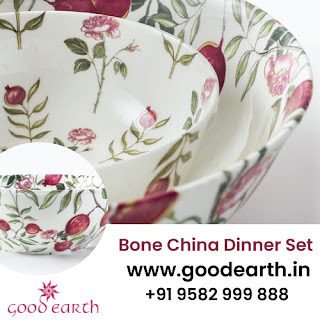How to Practice Sustainable Fashion
There are several ways to practice sustainable fashion, and buying what you already own is often the most effective. Consider thrift stores, rental stores, and secondhand clothing for the most cost-efficient and eco-friendly options. You can even borrow items from friends or browse secondhand fashion websites to find the perfect piece for you. While renting is not the most sustainable option, it may be the most affordable. The same goes for your wardrobe. Consider donating clothing to a local charity or donating gently used clothing.
Upcycling is a popular sustainable fashion practice that
uses materials that would otherwise be discarded. This practice reduces carbon
emissions and toxic gas emissions. Unfortunately, upcycling products produces
more microfibres than it recycles, and this pollutes our oceans and food chain.
It is also often more expensive to produce upcycled clothes, as it requires
more energy and chemicals. Secondhand clothing is another excellent way to
practice sustainable fashion. You can recycle used clothing or thrift old items
instead of buying new.
Choosing a brand with a proven track record in sustainable fashion is essential. When buying sustainable fashion items, look for brands that promote supply chain transparency. Many of these brands are dishonest about their environmental impact, but there are standardized certifications you can trust. Certifications include Global Organic Textile Standard for organic cotton, Bluesign for environmental management, and Certified B Corporations. When purchasing clothing, look for labels that are made by Fair Trade Certified workers.
Another way to shop sustainably is to choose ethical brands. There are several brands that stand out amongst ethical fashion labels. One of these is Pact. The brand specializes in sustainable clothes and is Certified B Corp. The brand uses organic and non-GMO cotton in their production. Some other eco-conscious brands include Reformation and Nanushka. Whether you're looking for a contemporary style or something more traditional, these brands are guaranteed to make you feel good.
Water is a precious resource in the fashion industry. Cotton is a prime example of a fabric that needs plenty of water. One T-shirt can require as much as 2,700 litres of water. Organic cotton requires more machinery than conventional cotton and is more expensive than conventional cotton. These two factors can have a substantial impact on the environmental impact of your purchase. For more information, check the website of the brand. This may help you make a smart purchasing decision.
If you are shopping online, you
may not be aware that some of the items you see on the websites are made of
recycled or biodegradable materials. Some companies even claim that their
fabrics are organic, but these products may still contain chemical dyes. It is
best to shop for sustainable fashion
items only if they follow these standards. Further, it is advisable to avoid
purchasing clothing made of synthetic fibers, because they are derived from
petroleum. Lastly, synthetic fibers are harmful to the environment and contain
mercury and lead.




Comments
Post a Comment